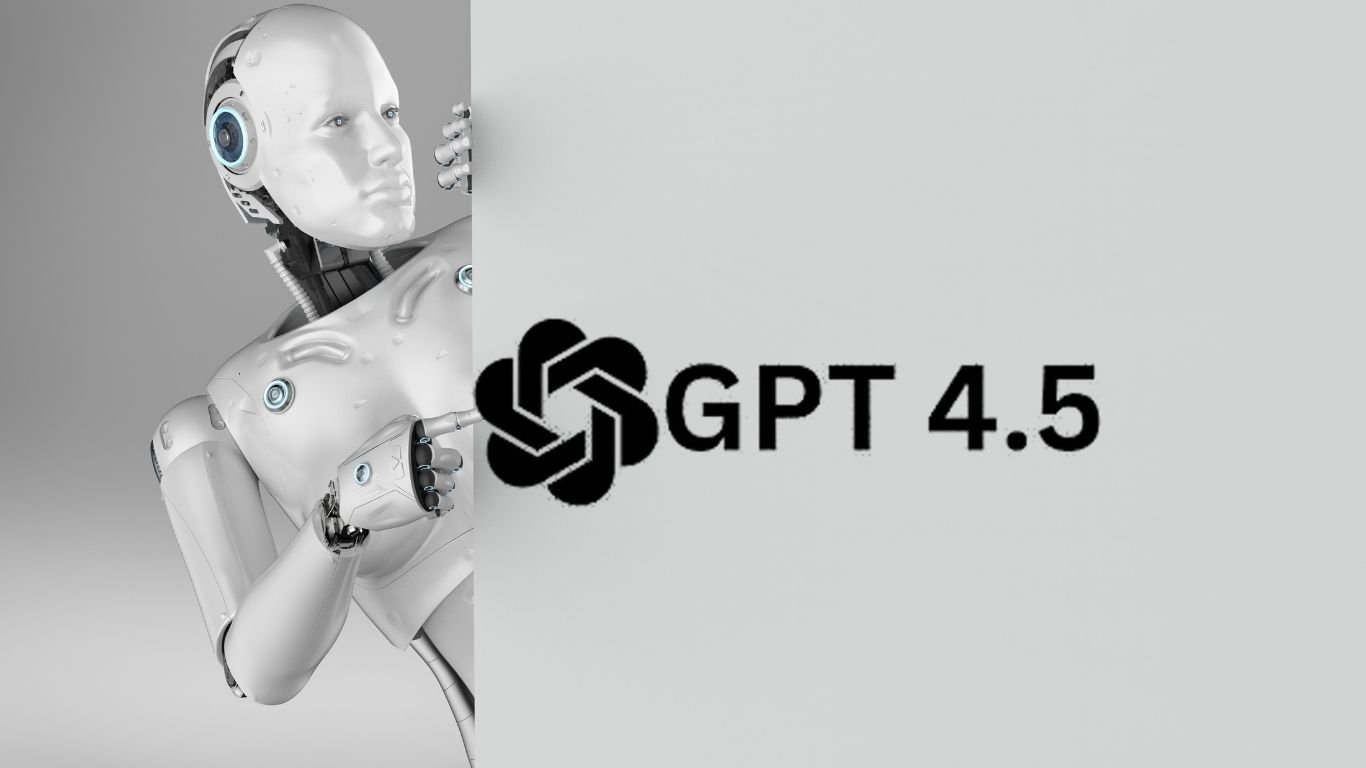
GPT-4.5 Passes the Turing Test: A New Era of Human-Like AI
OpenAI's new model, GPT-4.5, just did something amazing: it aced the Turing Test with ease, displaying a degree of human-like intelligence never before witnessed. Not only does it highlight the massive leap in artificial intelligence, but it also makes one wonder at the shifting dynamics between humans and machines.
Comprehending the Turing Test
The Turing Test, which was created by British mathematician Alan Turing in 1950, is a benchmark test for determining how intelligent a machine can act like a human. In the test, human evaluators engage in conversations with both machines and other humans without knowing who is who. If the machine can convince the evaluators that it is human to the same extent as the actual human, then it is reported to have passed the test. The concept has been a benchmark standard in the field of artificial intelligence, setting a higher standard for machine intelligence.
GPT-4.5's Achievement
In a recent research study by scholars Cameron R. Jones and Benjamin K. Bergen, GPT-4.5 was tested against other systems, such as ELIZA, GPT-4o, and LLaMa-3.1-405B. Participants had five-minute conversations with both a human and one of these systems, and then decided which conversation partner they thought was human. As soon as GPT-4.5 was asked to simulate human behavior, it was identified as human 73% of the time and outperformed the actual human participants. This outcome is the first empirical evidence of a Turing Test being passed by an AI system relative to a general three-party Turing Test.
Implications of This Breakthrough
GPT-4.5's success in a Turing Test has far-reaching implications in a vast array of industries:
Economic Effect: AI systems such as GPT-4.5 can potentially replace or augment human labor in jobs that entail short conversation-based interactions, e.g., customer support and technical support. This would result in improved efficiency and cost savings for companies.
Ethical Implications: With AI improving at emulating human action, there is an ethical concern regarding transparency and consent. Users of AI ought to be informed that they are not talking to a human to ensure trust and integrity.
Social Dynamics: The potential of AI to hold human-like conversations could impact social interactions and relationships. It is important to think about the ways that these technologies impact human communication and the risk of over-reliance on machines for social purposes.
Regulatory Frameworks: The development of AI requires creating regulatory frameworks for ensuring accountability. Policies need to intervene in issues like data privacy, security, and ethical AI system deployment.
The Evolution of GPT Models
OpenAI's path towards developing human-like AI has been characterized by steady progress:
GPT-3.5: Released in 2022, GPT-3.5 brought dramatic advancements in language generation and understanding, paving the way for more sophisticated models.
GPT-4: Released in 2024, GPT-4 exhibited stronger reasoning capacity and a larger knowledge base, bringing AI nearer to human-like understanding.
GPT-4.5: GPT-4.5 extends its predecessors by using advances in reinforcement learning from human feedback (RLHF) and in unsupervised learning to produce more natural and correct answers.
Reducing AI Detection and Humanization
As the AI gets smarter, it is increasingly difficult to distinguish between human-written and machine-written content. In trying to avoid being labeled AI-written content and in an attempt to be different, do the following.
Make Use of Contractions and Informal Language: Use contractions and informal language used at home to help make the content stand out and be interesting.
Add Personal Experience: Include personal experience or observation to provide depth and uniqueness to the material.
Vary Sentence Length: Alternate between a combination of short sentences and longer sentences to develop a natural rhythm and flow when writing.
Use Concrete Examples: Utilize concrete examples to demonstrate arguments and make the information more real and interesting.
Avoid Clichés: Avoid clichés and generic AI-generated sentences to add originality.
Frequently Asked Questions (FAQs)
Why is it so big of a deal that GPT-4.5 passed the Turing Test?
GPT-4.5's ability to pass the Turing Test is a major leap for artificial intelligence because it implies that machines can have conversations that are indistinguishable from human conversations.
How was GPT-4.5 tested for the Turing Test?
Participants were asked to interview a human and GPT-4.5 without knowing which one was a human. They were then asked to indicate which conversational partner they believed was human. GPT-4.5 was correctly identified as human 73% of the time.
What are the potential applications of GPT-4.5?
GPT-4.5 has numerous applications across various sectors, such as customer service, content generation, education, and healthcare, where conversational human-like capabilities are important.
Are there ethical concerns associated with GPT-4.5?
Yes, the ethical issues encompass the possibility of deception, privacy, and transparency in AI interactions so that users know they are interacting with a machine.
What makes GPT-4.5 different from its earlier versions?
GPT-4.5 has more advanced unsupervised learning and reinforcement learning based on human feedback, resulting in more accurate, intuitive, and human-like answers.
At SkillBloomer, we’re all about helping trainers, educators, and tech-savvy minds stay ahead in the ever-evolving world of digital learning. If AI breakthroughs excite you as much as they do us, let’s talk—how do you think this next wave of computing, like AI-powered underwater data centers, could reshape the future of online education? Drop your thoughts in the comments—we’d love to hear from you!
